Energy recovery facilities
The NSW Government supports thermal energy recovery as a residual waste management option where it can deliver positive outcomes for the community and human health and the environment are protected.
Operators who seek to recover energy by thermally treating waste must comply with the Energy from Waste Policy Statement, to protect the community and ensure best use is made of waste materials.
The EPA applies the following overarching principles when assessing proposals to thermally treat waste for energy recovery:
- higher value resource recovery outcomes are maximised
- air quality and human health are protected
- ‘mass burn’ disposal outcomes are avoided.
Protection of the Environment Operations (General) Amendment (Thermal Energy from Waste) Regulation 2022
The Protection of the Environment Operations (General) Amendment (Thermal Energy from Waste) Regulation 2022 commenced on 8 July 2022. The Regulation amendments form part of the Protection of the Environment Operations (General) Regulation 2022 and puts into law the NSW Government’s Energy from Waste Infrastructure Plan (see below for information).
The Regulation adopts a strategic approach to the role of energy from waste infrastructure to ensure it protects the environment and human health into the future, and maximises efficiencies for waste innovation, management, and energy recovery.
The Regulation prohibits the thermal treatment of waste for energy recovery unless it is undertaken in one of the following nominated precincts:
- Parkes Activation Precinct (see NSW legislation State Environmental Planning Policy (Precincts – Regional) 2021)
- West Lithgow Precinct*
- Richmond Valley Regional Jobs Precinct (see map) and
- Southern Goulburn-Mulwaree Precinct (see map)
* A notice revoking the gazettal of the West Lithgow Precinct map was published in the NSW Government Gazette on Friday 21 October 2022. Frequently asked questions are available on the change.
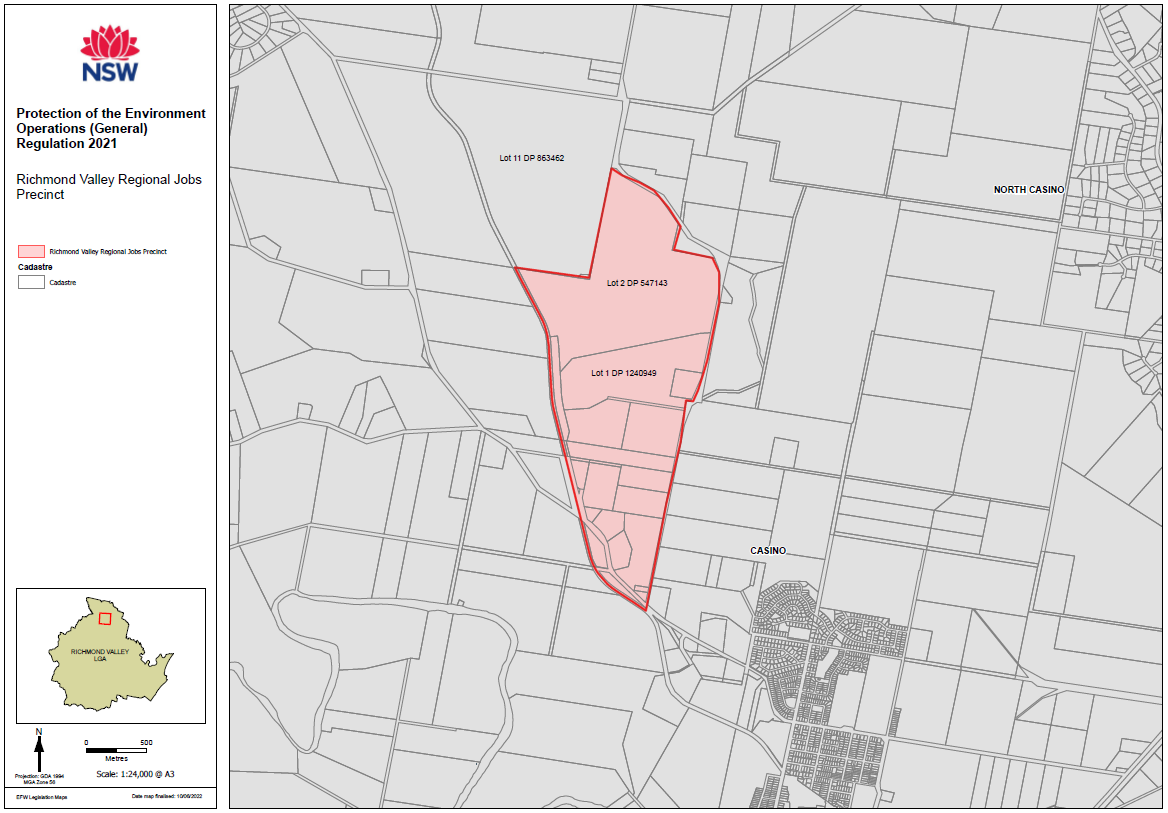
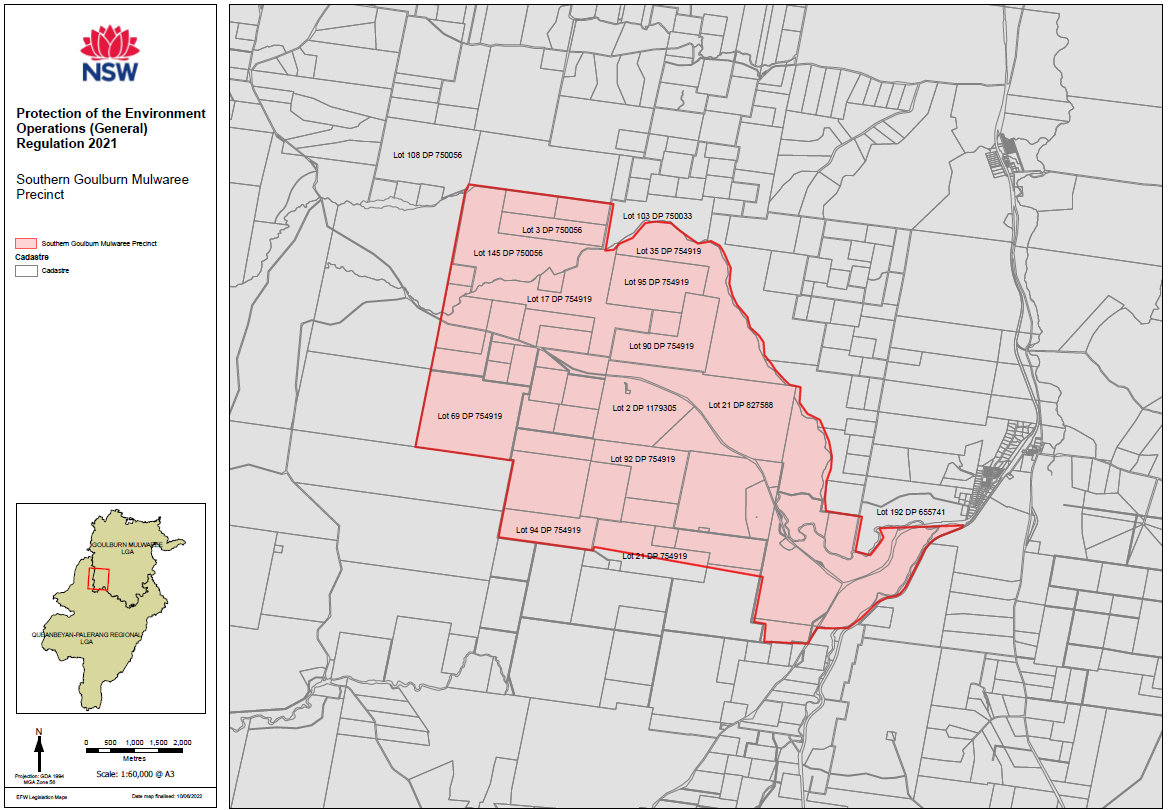
Outside of the designated precincts, energy from waste will only be permitted where:
- an activity has been specifically excluded from the definition of ‘thermal treatment’ as an activity that can continue to lawfully operate throughout NSW (including activities such as autoclaving, thermal treatment of biosolids and thermal treatment of waste plastic for genuine plastic recycling)
- it was lawfully established and operating before the commencement of the Regulation
- using waste would replace a less environmentally sound fuel being used to power existing industrial or manufacturing processes on site.
All energy from waste proposals, regardless of location, are still required to comply with environmental and planning laws, including the Energy from Waste Policy Statement.
The need for any additional energy from waste infrastructure precincts will be determined by future needs analyses to be conducted in 2025 and 2030. If additional precincts are required, they will only be considered where they meet the principles set out in the Infrastructure Plan and the requirements of the Regulation.
Frequently asked questions are available on these changes. The Better Regulation Statement (PDF 400KB) contains more information on the Regulation. The final Amendment Regulation can be accessed on the NSW Legislation website.
Response to the Energy from Waste Report – Chief Scientist and Engineer
In December 2019 the Minister for Environment requested the Chief Scientist and Engineer provide independent expert advice on energy recovery facilities and related environment protection frameworks to ensure facilities in NSW undertake robust assessments and adopt international best practice standards and controls to ensure human health and the environment are protected.
As part of the review, the Chief Scientist and Engineer commissioned the University of Sydney to provide expert review and advise on the proposed best practice air emissions limits for energy from waste facilities in NSW.
The Energy from Waste report from the Chief Scientist and Engineer made a number of recommendations to ensure proposals adopt international best practice standards and controls to protect human health and the environment.
The NSW Government has supported all the recommendations made by the Chief Scientist.
Updated Energy from Waste Policy Statement
The NSW Energy from Waste Policy Statement (PDF 369KB) has been updated to reflect the latest advice on air emissions standards from the NSW Chief Scientist and Engineer and ensures NSW has air emission standards that meet and exceed world best practice.
The updated Policy Statement ensures that all NSW energy from waste facilities, wherever they operate, are subject to strict new air quality and operating standards to help protect our environment and human health.
The EPA consulted on changes to the Energy from Waste Policy Statement to reflect the air emission recommendations of the Chief Scientist and Engineer between 31 March – 30 April 2021. A summary of the consultation outcomes, and the EPA’s response, is available in the Consultation Report (PDF 454KB).
Scope of the policy statement
The 'NSW energy from waste policy statement' covers all facilities that undertake thermal treatment of any waste or waste-derived materials. Specifically, thermal treatment means processing wastes by:
- combustion
- thermal oxidation
- thermal or plasma gasification
- pyrolysis and torrefaction.
Eligible waste fuels
Under NSW's Energy from Waste Policy Statement, certain low-risk wastes are termed ‘eligible waste fuels’. These wastes can be used for fuel due to their origin, low levels of contaminants, and consistency over time.
However, before using them:
- operators must apply to the EPA to have their proposed use of eligible waste fuels assessed (see our Eligible waste fuels guidelines (PDF 606KB) for how to apply).
- if their application is approved, facilities must ensure their use of these eligible fuels accords with strict conditions specified by a resource recovery exemption and order.
Eligible waste fuels guidelines
Operators who intend to apply to the EPA to use waste or waste-derived materials as an Eligible Waste Fuel in NSW facilities should use the EPA's Eligible waste fuels guidelines (PDF 606KB).
Other wastes
Facilities recovering energy from all other wastes (that is, wastes that are not considered to be an eligible waste fuel by the EPA) must meet the technical, thermal and resource recovery criteria for ‘energy recovery facilities’ in Part 4 of the 'NSW Energy from Waste Policy Statement'.
These requirements equate to operating purpose-built facilities that use the best available technologies to recover energy from residual wastes. The residual wastes used must be materials that are not recyclable, that would otherwise be disposed of to landfill.
Energy Recovery Facility Guidelines
The Guide to the NSW Energy from Waste framework (PDF 582KB) (the Guide) is a summary of the assessment requirements and regulatory processes for proposed energy from waste projects in NSW. The Guide forms part of the 2020 Report of the NSW Chief Scientist and Engineer on energy from waste (Appendix 5) and provides general guidance on the regulatory and policy frameworks for energy from waste projects.
Energy from waste proposals must meet requirements under a number of statutes, regulations, policies, plans and other documents as part of the assessment and approval process. The Guide provides a general overview of the process to guide proponents in the assessment process.
Facilities outside the policy's scope
Some thermal treatment applications that are deemed to not undertake genuine energy recovery fall outside the scope of the NSW Energy from Waste Policy Statement.
Those outside the Policy's scope include:
- incineration facilities for the destruction of waste
- facilities for the thermal treatment of contaminated soil
- facilities proposing thermal treatment of unprocessed mixed waste streams
- facilities proposing thermal treatment of waste exhumed from landfills
- facilities proposing thermal treatment of hazardous waste materials
Still other thermal treatment applications fall outside the policy statement's scope because the technical or resource recovery criteria contained within the statement are not relevant to them, or because other regulatory frameworks already apply to them.
Download
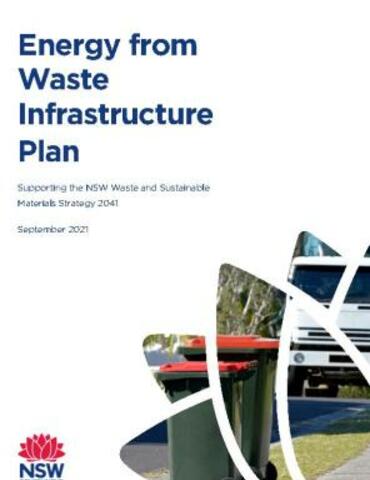
Energy from Waste Infrastructure Plan Energy from Waste Infrastructure Plan

Download
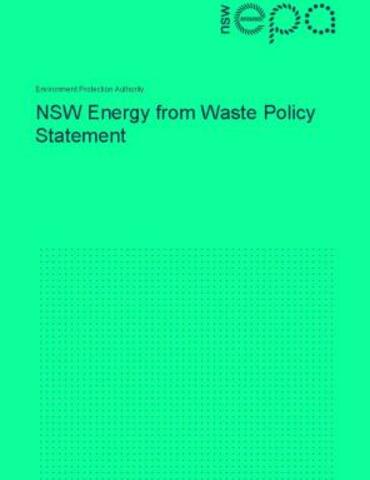
NSW Energy from Waste Policy Statement NSW Energy from Waste Policy Statement

Download
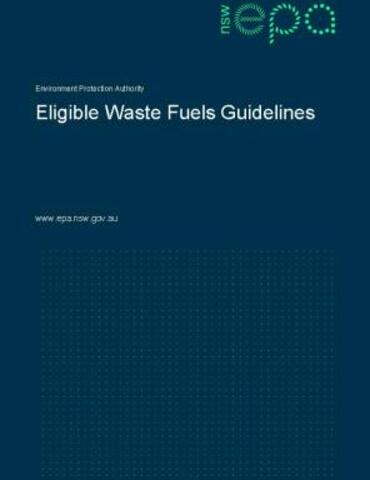
Eligible Waste Fuels Guidelines Eligible Waste Fuels Guidelines

Download
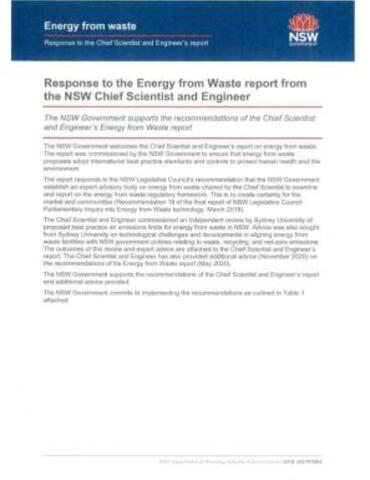
Response to the Energy from Waste report from the NSW Chief Scientist and Engineer Response to the Energy from Waste report from the NSW Chief Scientist and Engineer

Download
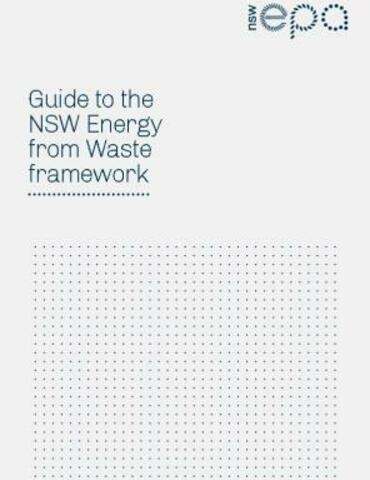
Guide to the NSW Energy from Waste framework Guide to the NSW Energy from Waste framework
